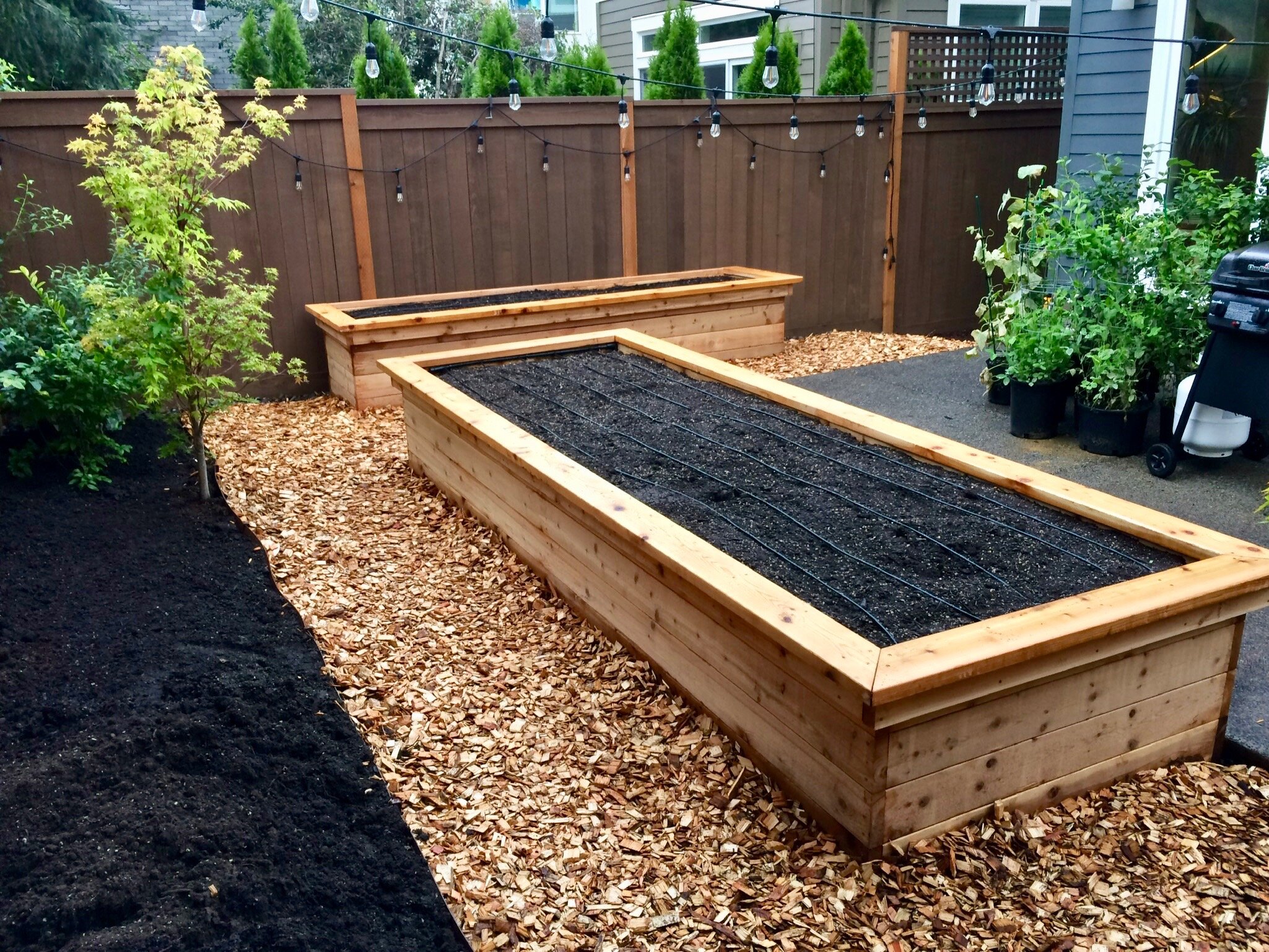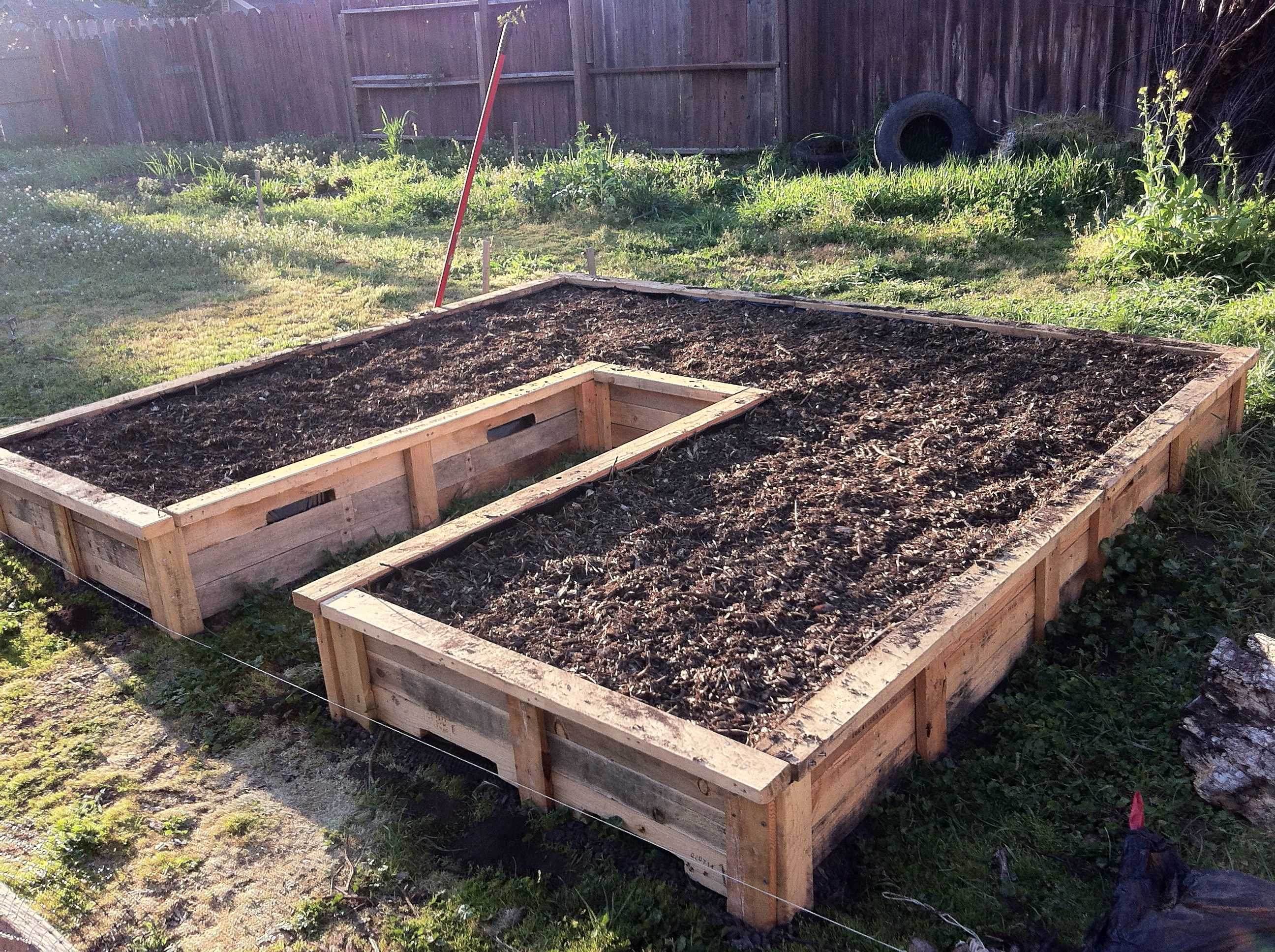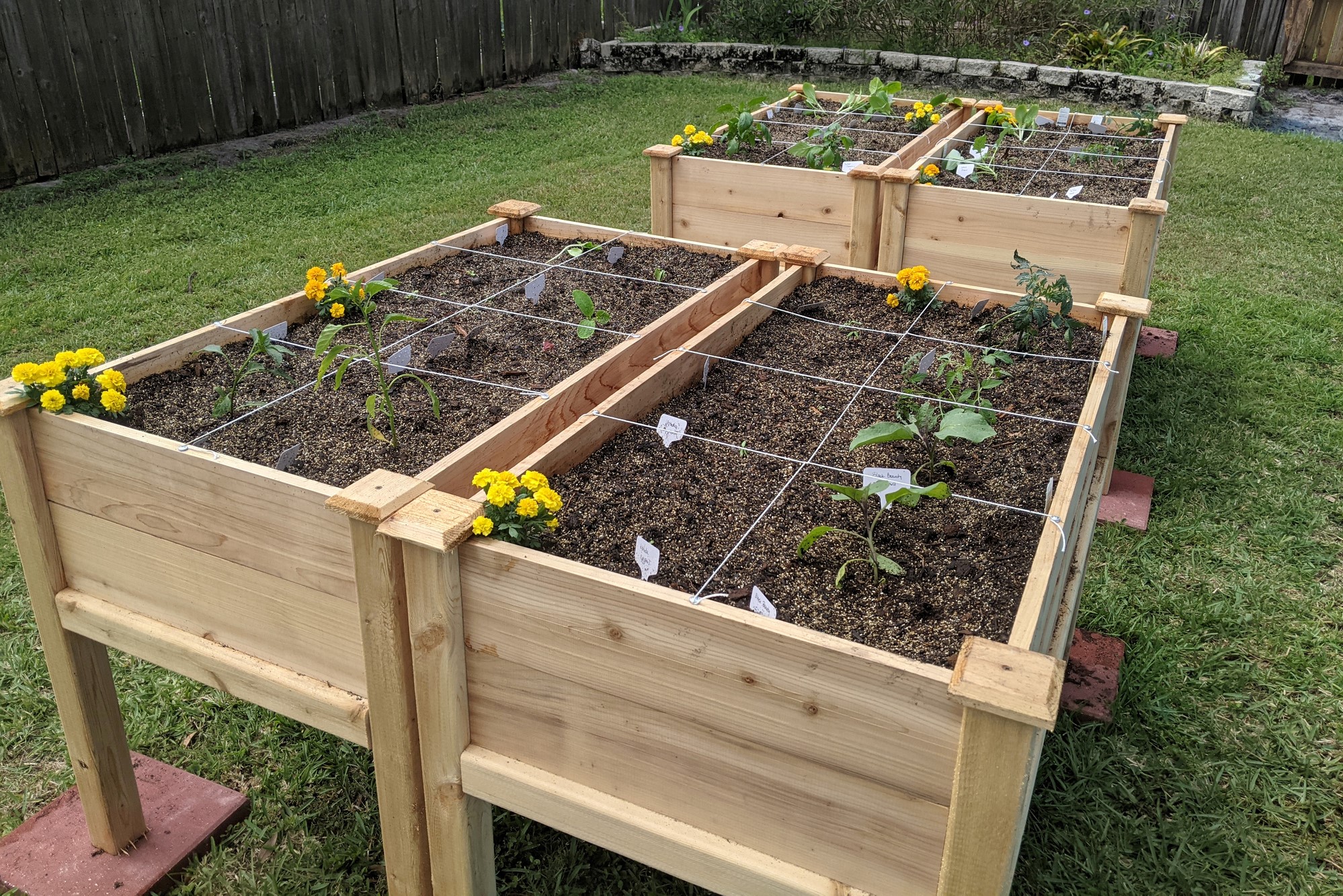Assessing Your Yard’s Microclimate: A Key to Optimal Placement
When it comes to determining where to put a raised garden bed, understanding your yard’s microclimate is crucial. A microclimate refers to the unique combination of environmental factors that exist in a specific area, including sunlight, wind direction, and soil quality. By assessing your yard’s microclimate, you can identify the best location for your raised bed and create an optimal growing environment for your plants.
Sunlight is one of the most critical factors to consider when evaluating your yard’s microclimate. Most vegetables and flowers require at least six hours of direct sunlight per day to thrive. Observe the sunlight patterns in your yard throughout the day, taking note of any areas that receive full sun, partial shade, or full shade. This will help you determine the best location for your raised bed and ensure that your plants receive the necessary amount of sunlight.
Wind direction is another essential factor to consider when assessing your yard’s microclimate. Wind can have a significant impact on plant growth, causing damage to leaves and stems, and reducing soil moisture. If you live in an area with strong winds, consider locating your raised bed in a spot that provides some protection, such as near a fence or a group of trees.
Soil quality is also a critical component of your yard’s microclimate. Raised beds can be filled with a mix of high-quality soil and compost, but it’s essential to evaluate the underlying soil conditions to ensure that they won’t affect the performance of your raised bed. Test your soil to determine its pH level and nutrient content, and amend it if necessary to create a suitable growing environment.
By understanding your yard’s microclimate, you can make informed decisions about where to put a raised garden bed and create an optimal growing environment for your plants. Remember to consider factors such as sunlight, wind direction, and soil quality when evaluating your yard’s microclimate, and use this information to determine the best location for your raised bed.
How to Choose the Perfect Spot for Your Raised Garden Bed
When deciding where to put a raised garden bed, it’s essential to evaluate your yard’s topography to ensure optimal placement. The slope, drainage, and accessibility of your yard can significantly impact the success of your raised bed. By considering these factors, you can select the ideal location for your raised bed and create a thriving garden.
Slope is a critical factor to consider when evaluating your yard’s topography. A slope can affect the drainage and accessibility of your raised bed, making it challenging to maintain. If your yard has a significant slope, consider locating your raised bed on a level area or creating a terraced garden to minimize the impact of the slope.
Drainage is another essential factor to consider when choosing a location for your raised bed. Poor drainage can lead to waterlogged soil, which can be detrimental to plant growth. Look for areas with good drainage, or consider installing a drainage system to ensure that your raised bed receives the right amount of moisture.
Accessibility is also crucial when deciding where to put a raised garden bed. Consider the location of your raised bed in relation to pathways, seating areas, and other garden features. A raised bed that is easily accessible will make maintenance and harvesting more convenient, reducing the risk of injury and strain.
To evaluate your yard’s topography, start by observing the natural flow of water. Look for areas where water tends to collect, and avoid placing your raised bed in these areas. Next, consider the slope of your yard, and look for areas that are level or gently sloping. Finally, think about the accessibility of your raised bed, and choose a location that is convenient and easy to maintain.
By carefully evaluating your yard’s topography, you can select the perfect spot for your raised garden bed and create a thriving garden. Remember to consider factors such as slope, drainage, and accessibility, and use this information to determine the best location for your raised bed.
Maximizing Sunlight and Minimizing Shade: A Raised Bed Placement Guide
Sunlight is one of the most critical factors to consider when deciding where to put a raised garden bed. Most plants require at least six hours of direct sunlight per day to thrive, and some plants, such as tomatoes and peppers, require even more. To maximize sunlight and minimize shade, it’s essential to position your raised bed in a location that receives the optimal amount of sunlight.
Morning sun is generally considered the best time for plants to receive sunlight, as it is less intense than afternoon sun. If possible, position your raised bed to receive morning sun, which will help to promote healthy growth and development. However, if morning sun is not possible, afternoon sun can also be beneficial, as long as it’s not too intense.
To determine the best location for your raised bed, observe the sunlight patterns in your yard throughout the day. Take note of any areas that receive full sun, partial shade, or full shade, and use this information to determine the best location for your raised bed. You can also use a sunlight calculator or consult with a gardening expert to determine the optimal location for your raised bed.
In addition to maximizing sunlight, it’s also essential to minimize shade. Shade can be detrimental to plant growth, as it can reduce the amount of sunlight that plants receive. If possible, avoid positioning your raised bed in areas that receive heavy shade, such as under trees or near buildings. Instead, choose a location that receives full sun or partial shade, and use shade-reducing techniques, such as pruning trees or using shade cloth, to minimize the impact of shade.
By maximizing sunlight and minimizing shade, you can create an optimal growing environment for your plants. Remember to consider the specific sunlight requirements of your plants, and use this information to determine the best location for your raised bed.
Soil Quality and Raised Bed Placement: A Match Made in Heaven
Soil quality is a critical factor to consider when deciding where to put a raised garden bed. The soil in your yard can either make or break the success of your raised bed, and it’s essential to select a location with well-draining, fertile soil. If your yard has poor soil quality, don’t worry – you can still create a thriving raised bed by amending the soil or using a raised bed liner.
Well-draining soil is essential for healthy plant growth, as it allows excess water to drain away from the roots of the plants. If your yard has heavy clay or sandy soil, it may not drain well, and you may need to amend it with organic matter such as compost or manure. On the other hand, if your yard has fertile soil, you can take advantage of its natural nutrients and create a thriving raised bed.
To determine the soil quality in your yard, perform a soil test to assess its pH level, nutrient content, and structure. Based on the results, you can amend the soil with the necessary nutrients and organic matter to create a suitable growing environment. If you’re not sure how to perform a soil test or amend the soil, consult with a gardening expert or your local nursery for guidance.
In addition to selecting a location with good soil quality, you can also use a raised bed liner to create a thriving raised bed. A raised bed liner is a layer of material, such as landscape fabric or plastic sheeting, that is placed at the bottom of the raised bed to prevent weeds and improve drainage. By using a raised bed liner, you can create a raised bed that is both productive and low-maintenance.
By considering soil quality and using a raised bed liner, you can create a thriving raised bed that will produce healthy and abundant crops. Remember to select a location with well-draining, fertile soil, and amend the soil if necessary to create a suitable growing environment.
Accessibility and Ergonomics: Raised Bed Placement for Comfort and Convenience
When deciding where to put a raised garden bed, accessibility and ergonomics are crucial factors to consider. A well-placed raised bed can make gardening easier and more enjoyable, while a poorly placed bed can lead to discomfort and frustration. By considering accessibility and ergonomics, you can create a raised bed that is both productive and comfortable to use.
Pathways are an essential consideration when it comes to accessibility. Make sure that the pathways leading to your raised bed are wide enough and smooth enough to accommodate easy movement. Avoid placing raised beds in areas with narrow or uneven pathways, as this can make it difficult to access the bed.
Seating is another important consideration for accessibility. Consider placing a bench or other seating area near your raised bed, so that you can take breaks and rest while gardening. This can be especially helpful for gardeners with mobility issues or chronic pain.
Ease of maintenance is also a key factor in accessibility. Consider the height and depth of your raised bed, and make sure that it is easy to reach and maintain. Avoid placing raised beds in areas that are difficult to access, such as behind a fence or in a corner.
By considering accessibility and ergonomics, you can create a raised bed that is both comfortable and convenient to use. Remember to think about pathways, seating, and ease of maintenance when deciding where to put a raised garden bed, and you’ll be well on your way to creating a thriving and enjoyable garden.
Integrating Raised Beds into Your Existing Landscape
When deciding where to put a raised garden bed, it’s essential to consider how it will integrate with your existing landscape. A well-placed raised bed can enhance the beauty and functionality of your outdoor space, while a poorly placed bed can detract from it. By incorporating raised beds into your existing landscape, you can create a cohesive and inviting outdoor space that is perfect for gardening, entertaining, and relaxation.
One way to integrate raised beds into your existing landscape is to combine them with other garden features, such as patios, walkways, and water features. For example, you can place a raised bed near a patio or seating area, creating a beautiful and functional outdoor space that is perfect for gardening and entertaining. Alternatively, you can use raised beds to create a sense of separation between different areas of your yard, such as a garden and a lawn.
Another way to integrate raised beds into your existing landscape is to use them to create a sense of visual interest. For example, you can use raised beds to create a tiered garden, with multiple levels of plants and flowers. This can add visual interest to your yard and create a beautiful and unique outdoor space.
When integrating raised beds into your existing landscape, it’s essential to consider the style and aesthetic of your yard. For example, if you have a modern and sleek outdoor space, you may want to use raised beds with clean lines and minimal ornamentation. On the other hand, if you have a more traditional or rustic outdoor space, you may want to use raised beds with more ornate details and features.
By incorporating raised beds into your existing landscape, you can create a beautiful and functional outdoor space that is perfect for gardening, entertaining, and relaxation. Remember to consider the style and aesthetic of your yard, and use raised beds to create a sense of visual interest and cohesion.
Common Mistakes to Avoid When Placing a Raised Garden Bed
When deciding where to put a raised garden bed, it’s essential to avoid common mistakes that can lead to poor drainage, inadequate sunlight, and insufficient accessibility. By being aware of these mistakes, you can create a thriving and successful garden that meets your needs and provides a beautiful outdoor space.
One common mistake to avoid is poor drainage. Raised beds that are placed in low-lying areas or have poor drainage can lead to waterlogged soil and root rot. To avoid this, make sure to place your raised bed in an area with good drainage, and consider using a raised bed liner to prevent water from accumulating in the bed.
Another common mistake to avoid is inadequate sunlight. Raised beds that are placed in areas with insufficient sunlight can lead to poor plant growth and reduced yields. To avoid this, make sure to place your raised bed in an area that receives at least six hours of direct sunlight per day.
Insufficient accessibility is another common mistake to avoid. Raised beds that are placed in areas that are difficult to access can lead to frustration and discomfort. To avoid this, make sure to place your raised bed in an area that is easily accessible, and consider using pathways and seating areas to create a comfortable and inviting outdoor space.
Other common mistakes to avoid include placing raised beds near trees or other plants that may compete for water and nutrients, and failing to consider the style and aesthetic of your yard when selecting a raised bed location. By being aware of these mistakes, you can create a thriving and successful garden that meets your needs and provides a beautiful outdoor space.
Putting it All Together: A Raised Bed Placement Checklist
When deciding where to put a raised garden bed, it’s essential to consider a variety of factors to ensure a successful and thriving garden. By following this comprehensive checklist, you can ensure that your raised bed is placed in the optimal location for maximum growth and productivity.
Assess your yard’s microclimate, including sunlight, wind direction, and soil quality.
Evaluate your yard’s topography, including slope, drainage, and accessibility.
Maximize sunlight and minimize shade by positioning your raised bed to receive the optimal amount of sunlight.
Select a location with well-draining, fertile soil or amend the soil to create a suitable growing environment.
Consider accessibility and ergonomics, including pathways, seating, and ease of maintenance.
Integrate your raised bed into your existing landscape, including ideas for combining with other garden features.
Avoid common mistakes, including poor drainage, inadequate sunlight, and insufficient accessibility.
By following this checklist, you can ensure that your raised bed is placed in the optimal location for maximum growth and productivity. Remember to consider all of the factors mentioned above and use your best judgment when deciding where to put a raised garden bed.








